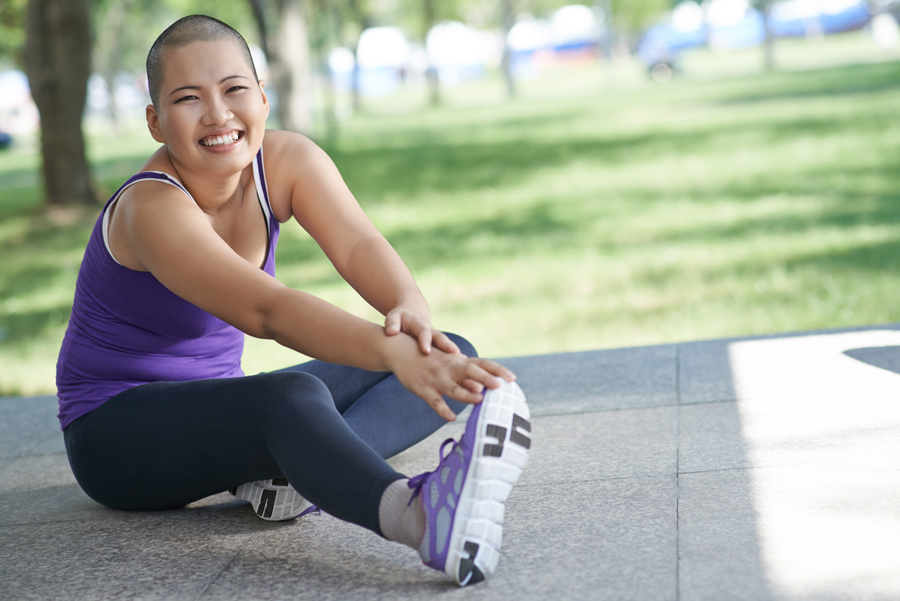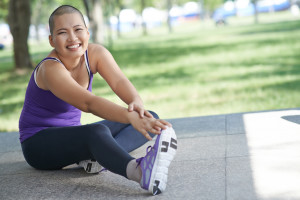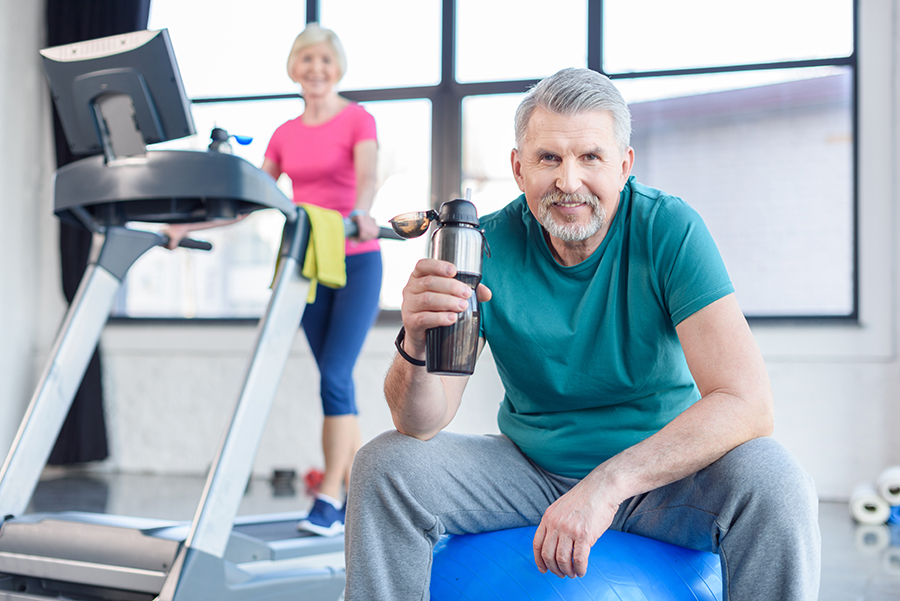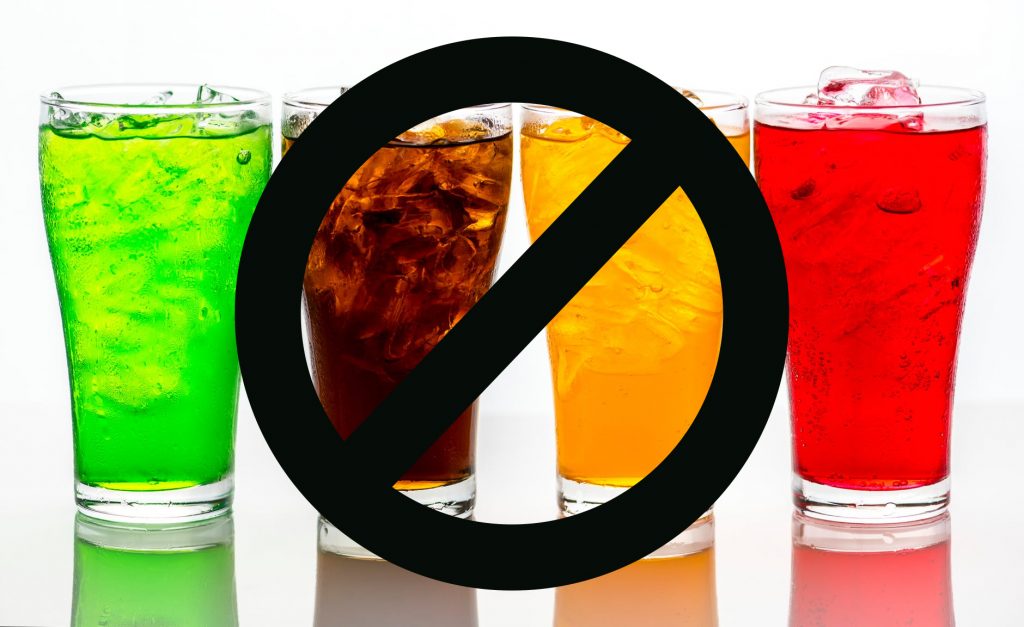What Will You Leave Behind?
 I can’t quite remember where I heard it, but somewhere I once heard someone say that their deepest desire in life is to not leave an ounce of potential behind when they’re gone.
I can’t quite remember where I heard it, but somewhere I once heard someone say that their deepest desire in life is to not leave an ounce of potential behind when they’re gone.
It made me re-evaluate how I live in each major area of my life – health/fitness, relationships, business, finance, and much more. It still helps me focus on constant improvement in each area.
Also, it’s important to consider the legacy you will leave behind. Likewise, how do you want to be remembered?
If you get one body in this lifetime, do you want to give it the best care and the attention that it deserves? Or do you want to neglect it, to take it for granted?
I want you not only to leave an incredible legacy behind in every area of your life, but I also want you to feel the magic of tremendous self-care, much of which happens through fitness and the choices we make regarding our health every single day.
So, tell me, what do you want to be your full legacy? And how, specifically, do you want to care for this amazing human body you have?
In conclusion, are you giving your body the chance to live up to its full potential?
Originally printed on Move Well Fitness blog. Reprinted with permission.
Maurice D. Williams is a personal trainer and owner of Move Well Fitness in Bethesda, MD. With almost two decades in the industry, he’s worked with a wide range of clients, including those with health challenges like diabetes, osteoporosis, multiple sclerosis, hypertension, coronary artery disease, lower back pain, pulmonary issues, and pregnancy. Maurice is also a fitness educator with Move Well Fit Academy and NASM.



 What are they?
What are they?


 Progression of exercise should be gradual. A deconditioned person should start without using any weight and concentrate on proper technique. If 8-10 repetitions can not be executed, repetitions should be decreased or the weight lowered or resistance band used changed to less resistance. The exercise routines have to be adapted for the day-to-day changes that that can affect the ability to work out. Our program will start using a very light weight, with few repetitions, typically 10. In subsequent sessions, patients can add repetitions. After performing 2 sets of 10 repetitions with no problem then a small amount of weight may be added in 1 pound increments. We also alternate between a strength training exercises with a stretch for each muscle group and to alternate an upper body and lower body exercises. Pilates exercises are great way to incorporate deep breathing with strengthening the core. The deep breathing helps to pump lymphatic fluid and will also help reduce stress.
Progression of exercise should be gradual. A deconditioned person should start without using any weight and concentrate on proper technique. If 8-10 repetitions can not be executed, repetitions should be decreased or the weight lowered or resistance band used changed to less resistance. The exercise routines have to be adapted for the day-to-day changes that that can affect the ability to work out. Our program will start using a very light weight, with few repetitions, typically 10. In subsequent sessions, patients can add repetitions. After performing 2 sets of 10 repetitions with no problem then a small amount of weight may be added in 1 pound increments. We also alternate between a strength training exercises with a stretch for each muscle group and to alternate an upper body and lower body exercises. Pilates exercises are great way to incorporate deep breathing with strengthening the core. The deep breathing helps to pump lymphatic fluid and will also help reduce stress.
 According to the American Medical Association (AMA) and the American Cancer Society (ACS), a healthy diet is superior to taking a multivitamin. If you already eat a healthy diet, you are less likely to benefit from extra multivitamin pills, says Dr. Kormos.
According to the American Medical Association (AMA) and the American Cancer Society (ACS), a healthy diet is superior to taking a multivitamin. If you already eat a healthy diet, you are less likely to benefit from extra multivitamin pills, says Dr. Kormos.
 Comfort zones, habits, and fear – the “Big 3” of life’s impediments to lasting and positive change in our lives need to be embraced for what they are: “False Evidence Appearing Real” – FEAR. I see this today as I have seen it repeatedly over the past 2 decades with my clients. We seem to end up being FORCED to change our ways rather than willingly and knowingly taking the steps necessary to move us forward to a more fulfilling life. Let’s take a look at a model for change that has begun to work for me.
Comfort zones, habits, and fear – the “Big 3” of life’s impediments to lasting and positive change in our lives need to be embraced for what they are: “False Evidence Appearing Real” – FEAR. I see this today as I have seen it repeatedly over the past 2 decades with my clients. We seem to end up being FORCED to change our ways rather than willingly and knowingly taking the steps necessary to move us forward to a more fulfilling life. Let’s take a look at a model for change that has begun to work for me.
 Choose products with fewer (less than 5) ingredients.
Choose products with fewer (less than 5) ingredients.


 But, on the flip side, it can be difficult to know what to follow and what activities could supercharge your health and fitness.
But, on the flip side, it can be difficult to know what to follow and what activities could supercharge your health and fitness. People include a lot of sugar-sweetened drinks in their diet. According to a study consumption of sugar-sweetened beverages is about 63% in children and 49% in adults. This forms the major source of added sugar that provides calories without nutrients.
People include a lot of sugar-sweetened drinks in their diet. According to a study consumption of sugar-sweetened beverages is about 63% in children and 49% in adults. This forms the major source of added sugar that provides calories without nutrients.